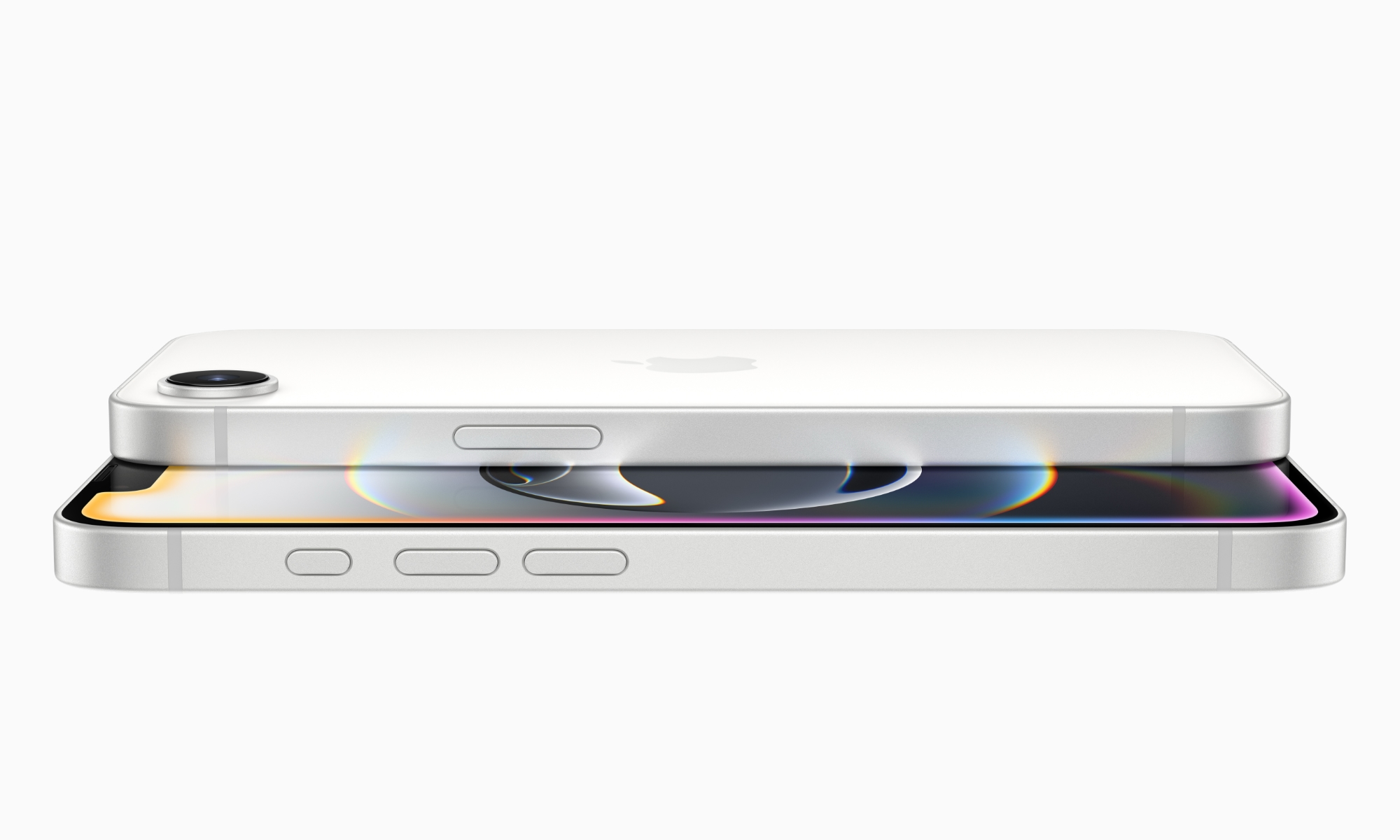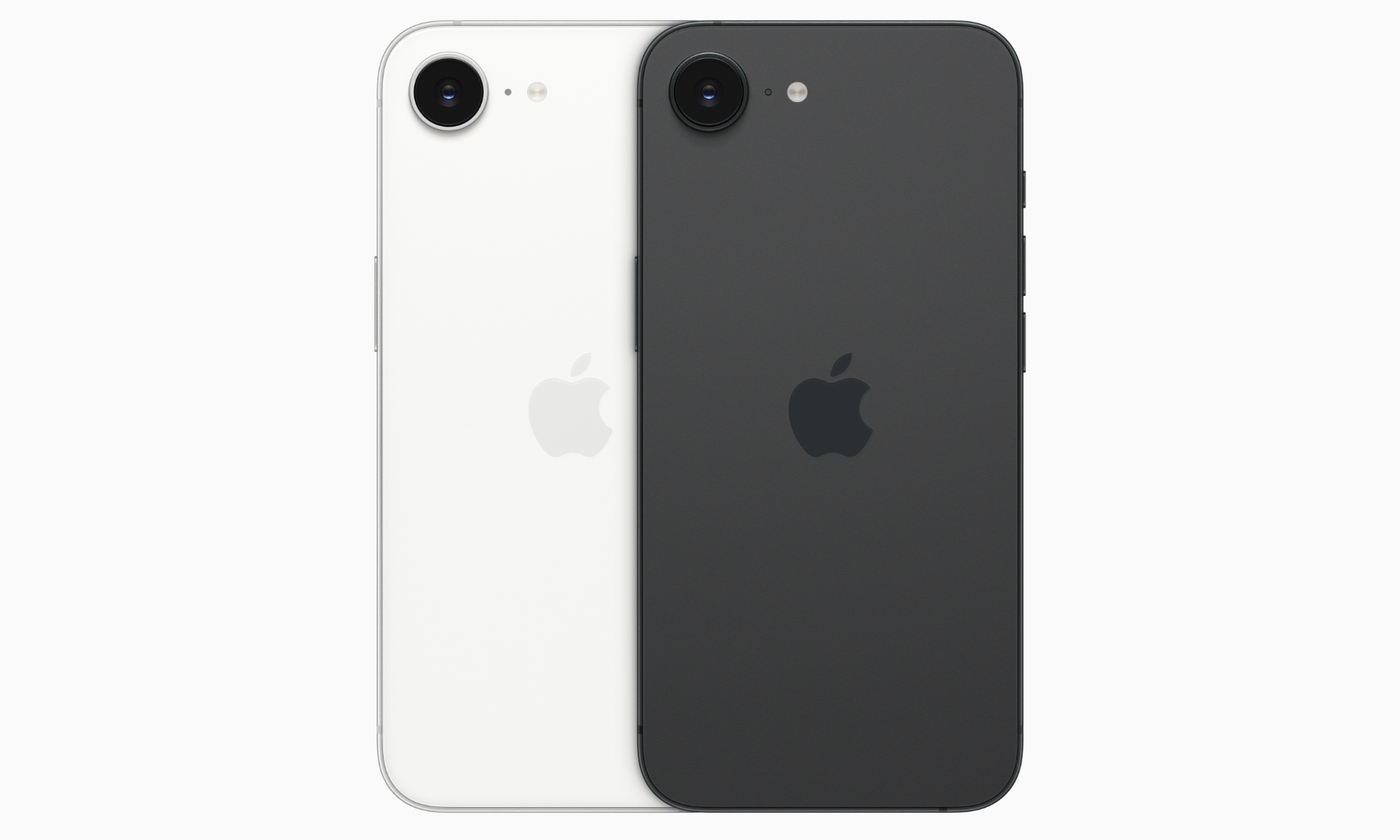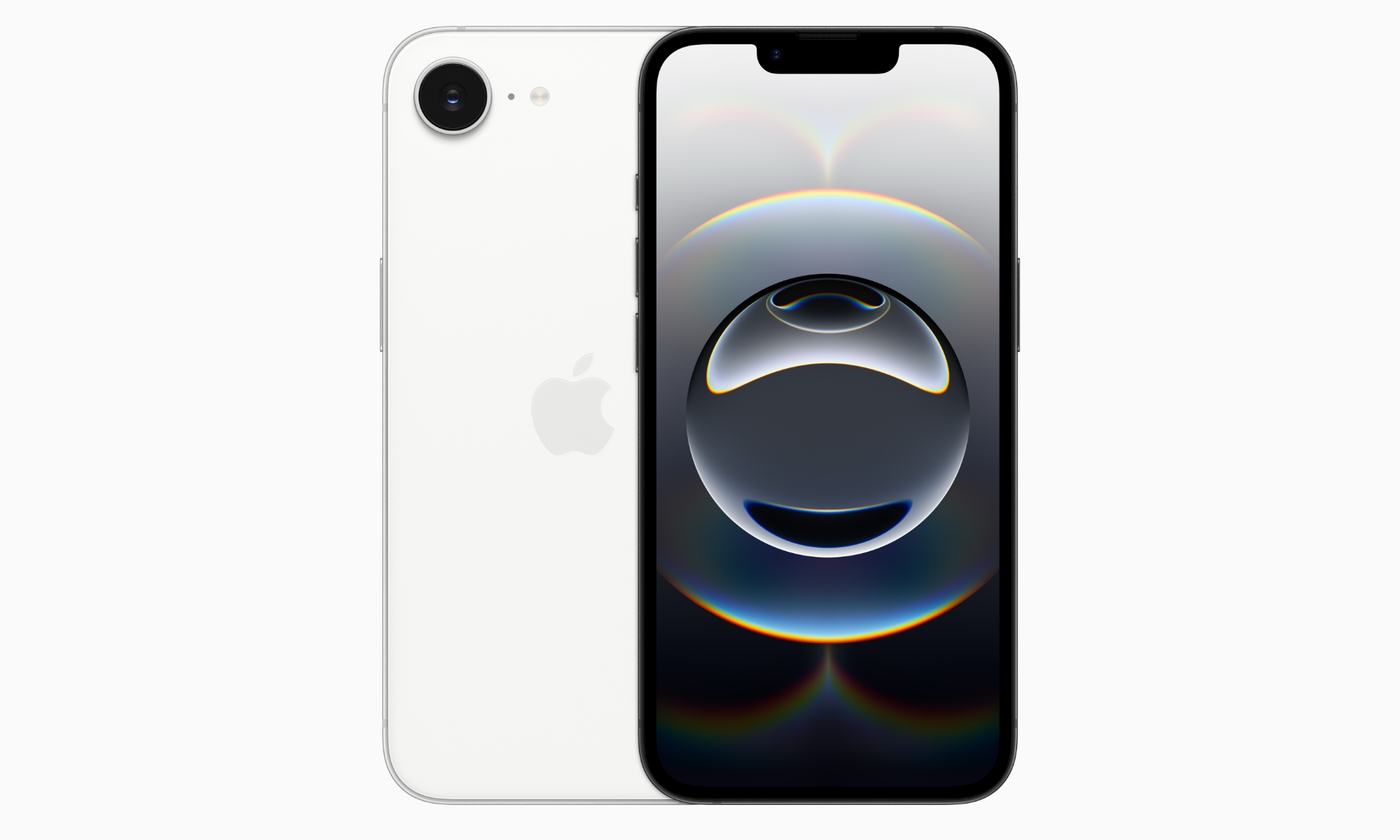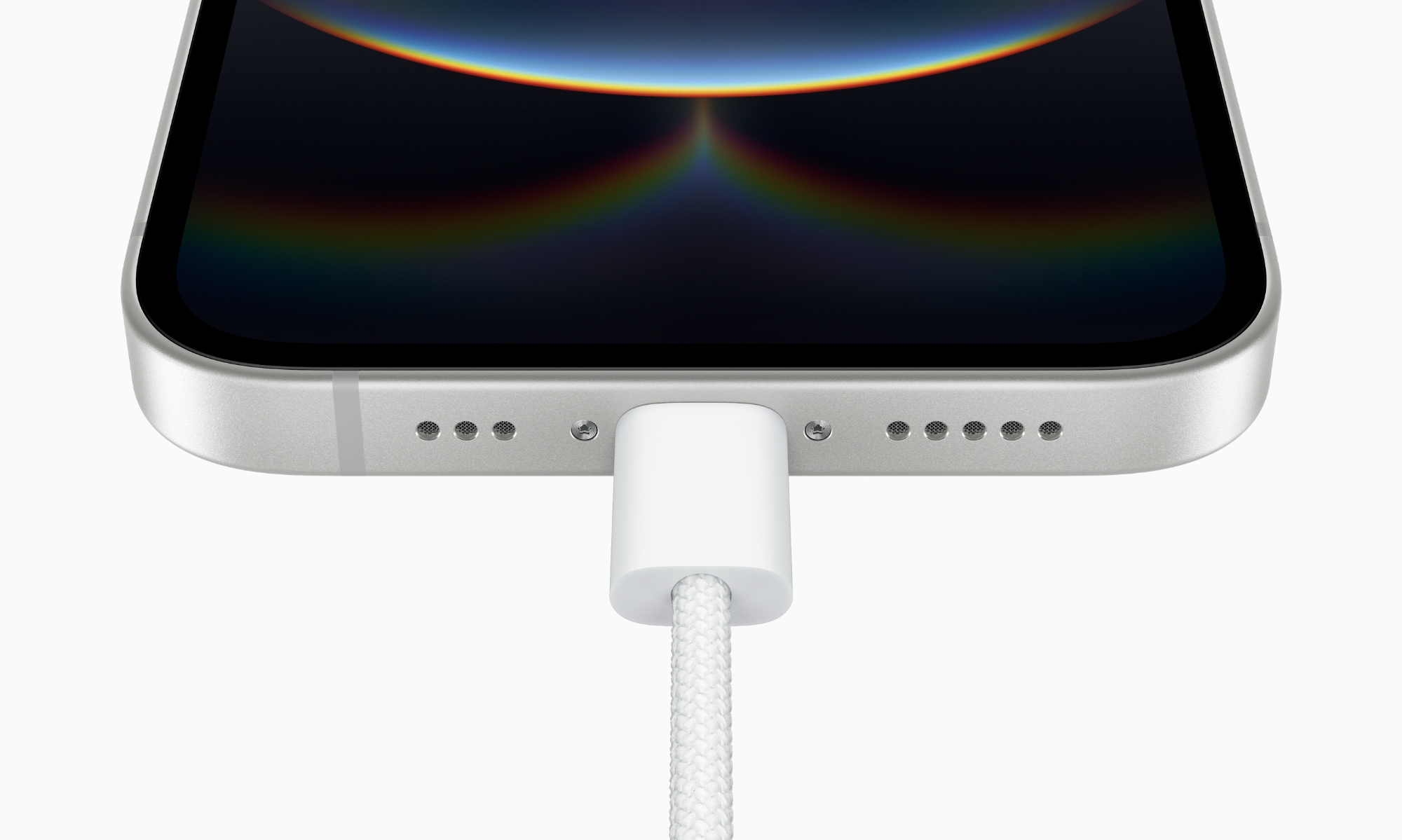Apple Announces the iPhone 16e With Apple Intelligence — and a Higher Price Tag
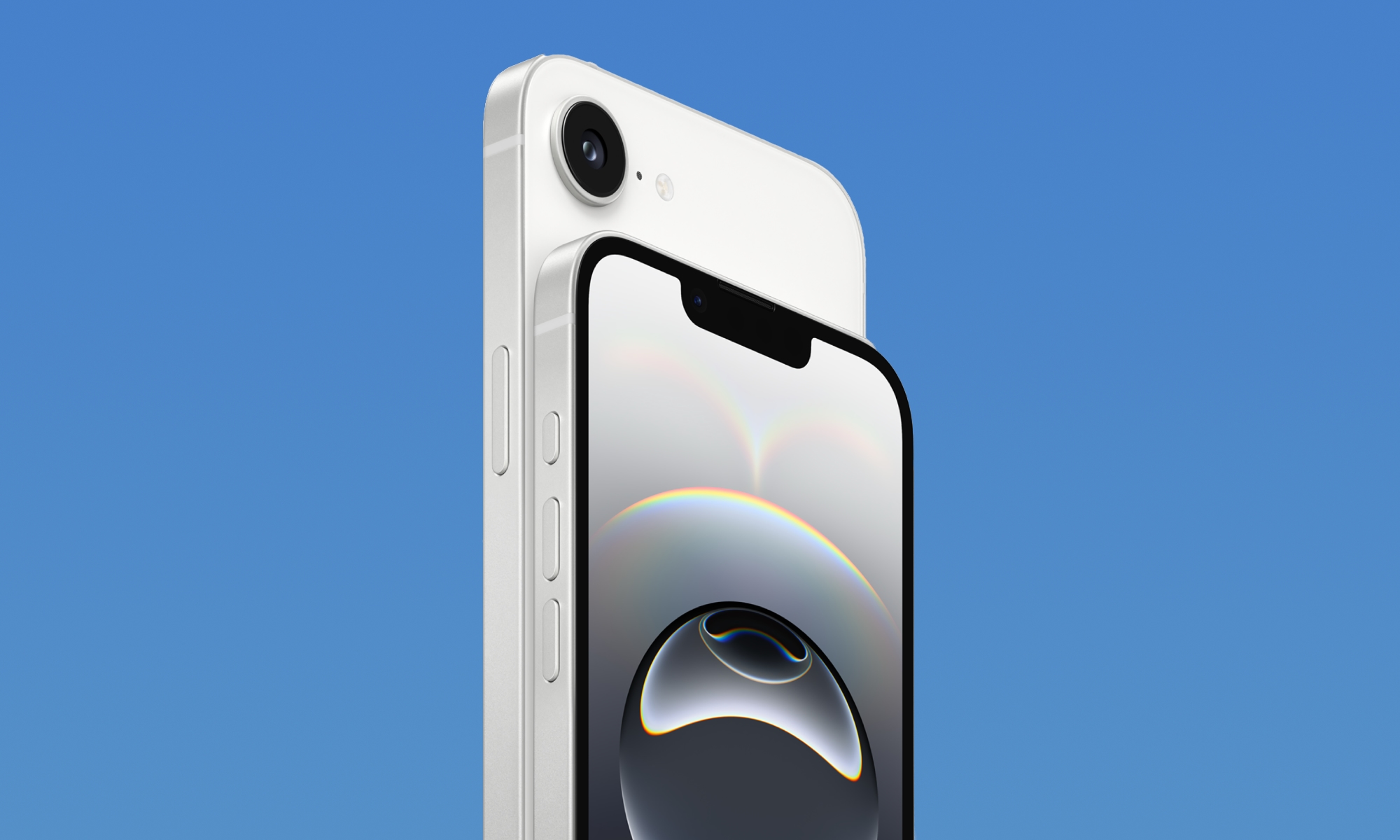
Toggle Dark Mode
Apple has just taken the wraps off its iPhone SE successor, and it’s shaken up its iPhone lineup in the process.
Instead of the “iPhone SE 4” that many were expecting, the rumors of a new branding turned out to be true. This year’s entry is the iPhone 16e, placing it in the iPhone 16 family as a lower-end model. It’s a strange sort of cross-grade from the iPhone 14, which now appears to have been discontinued.
The naming also begs the question of whether Apple will turn this into an annual cycle of refreshes. The four-year iPhone SE cycle would be weird now that this is called the iPhone 16e, so we wouldn’t be surprised to see this followed up by an iPhone 17e next year. After all, it works for Google and Samsung.
While the iPhone 16e is in some ways the spiritual successor to Apple’s iPhone SE line, it departs sharply from the iPhone SE playbook. While many had predicted a design nearly identical to the iPhone 14, Apple has tossed in a few surprises to justify considering a part of the iPhone 16 family.
What’s New in the iPhone 16e
First off, there’s the A18 chip. That’s not a huge surprise as Apple has always used the latest silicon in its budget iPhone models, but this year’s A18 brings more than just greater performance — it adds Apple Intelligence to the mix.
That’s probably the main reason Apple is calling this the iPhone 16e. It unifies the lineup and makes it clear which ones support the new AI features (the iPhone 15 Pro also got Apple Intelligence, but those models have been discontinued since September).
However, the design of the iPhone 16e moves beyond the iPhone 14 in three key ways. Two of these were expected, but one came as a nice surprise.
The iPhone 16e switches to USB-C, which was a given, and goes with the same single-camera design as prior iPhone SE models. As expected, Apple is leaning into its Fusion Camera branding that it debuted on the iPhone 16 last year to emphasize that this single 48MP camera is more powerful than you’d expect — even though it lacks some features. More on that in a moment.
The surprise was that Apple did indeed adopt the Action button instead of the ring/silent switch that we’d seen in the photos of dummy renders. That at least makes it feel more like a member of the iPhone 16 family, even if we’re otherwise still stuck with the notch.
There’s also no Camera Control, but Apple has another trick up its sleeve to help the iPhone 16e do what the rest of its pricier siblings can. Visual Intelligence can now be triggered from the Action button. It’s not clear yet whether this will simply be a function that users can configure for the Action button like anything else, or if Apple will use a special press-and-hold gesture to give the button a dual function. Many iPhone 15 Pro owners will undoubtedly hope Apple brings the same capabilities to that older model, but we’re not holding our breath.
As you may expect from seeing the notch, the iPhone 16e has an OLED display that’s essentially identical to the one used on the iPhone 14. Fortunately, that’s not too far behind the iPhone 16, with the main difference being that it will only reach a peak brightness of 1,200 nits and can’t go down to one nit like the rest of the iPhone 16 lineup. It’s also still a 60Hz display with no always-on support, but that’s not the least bit surprising as Apple still reserves its 120Hz ProMotion displays for its Pro models.
The iPhone 16e Camera
The iPhone 16e follows in the footsteps of the iPhone SE by sporting only a single camera. While that appears to be the same 48-megapixel Fusion camera found on the iPhone 16, there are a number of photographic features that are missing.
Some of these, like macro photography and Spatial video and photo capture, are apparent results of the missing second ultrawide lens. Others may be arbitrary limitations or simply the results of things we never fully realized needed a dual-lens system.
For example, the iPhone 16e doesn’t support the next-generation portraits and advanced Photographic Styles. There’s also no Cinematic mode or Action mode for video or sensor-shift optical image stabilization.
It’s still a very capable camera, to be fair, but expect it to remain a notch behind the pricier iPhone 16 when it comes to the more exciting and whimsical camera features.
A New Apple C1 Chip
Lastly, Apple is using the iPhone 16e to debut its first-ever 5G modem, dubbed the C1 chip. This may be the key to its improved battery life, as Apple promises that this is “the most power-efficient modem ever on an iPhone.”
The first-generation C1 chip is the culmination of over six years of in-house engineering, but it’s unlikely we’ll see it in Apple’s mainstream iPhones soon. The iPhone 16e doesn’t support mmWave 5G, which has been a staple of all US 5G-capable iPhones since the iPhone 12 added 5G, except for the 2022 iPhone SE. That means it’s not yet ready for prime time, but it’s certainly a good start in helping Apple to reduce its dependence on Qualcomm.
Other Big Surprises
Perhaps the most flabbergasting aspect of the new iPhone 16e is that it completely lacks MagSafe charging support.
Yes, you read that right. Like the 2022 iPhone SE, there are no magnets inside, and wireless charging speeds will be limited to 7.5W using standard Qi charging technology. This makes it the first iPhone of this design to lack MagSafe or 15W wireless charging, both of which have been standard since they were introduced on the iPhone 12 in 2020 — the first to adopt the flat-edged design.
The A18 chip used in the iPhone 16e also appears to be a “binned” version. The A18 in the iPhone 16 has a 5-core GPU, while the A18 Pro has a 6-core GPU. The iPhone 16e uses an A18 chip with a 4-core GPU. That’s not something that’s likely to affect most folks since the CPU and Neural Engine remain the same, but it’s still worth mentioning as it’s another way in which the new “e” model lags behind the rest of the family.
There’s also no Ultra Wideband chip here, which means no precision finding for AirTags or other family members. If you want to locate your kids in a mall, you’ll need to buy them an iPhone 16 (or even the older iPhone 15).
On the upside, the iPhone 16e promises better battery life than even the iPhone 16, with up to 26 hours of video playback and 90 hours of audio. Even though wireless charging gets a raw deal, wired charging speeds appear to be very similar, with Apple promising the same 50% charge in 30 minutes with a 20W adapter.
The Price
The other big surprise is the sticker shock. While several rumors said the next-generation iPhone SE might move past the $500 barrier, the iPhone 16e left it in the rear-view mirror, raising the price to $599.
That’s for a 128 GB version, a nice increase over the 2022 iPhone SE that only offered 64 GB for its $429 starting price. However, it’s still $120 more than the 128 GB version of that older model.
Granted, you’re getting a lot more for that price tag: an OLED screen, Apple Intelligence, an Action button, solid battery life. However, it’s also noteworthy that until this morning, you could buy an iPhone 14 for the same price, which gave you a dual-lens camera, 15W MagSafe charging, an Ultra Wideband chip, and mmWave support (in the US).
Under the circumstances, it’s unsurprising that Apple discontinued that 2022 model. As of today, Apple sells five iPhone 16 models and two iPhone 15 models, and despite the price differences, it’s placed the iPhone 16e above the iPhone 15 in the lineup, making it all the clearer that this is going to be the way forward for Apple’s most affordable iPhone.
The iPhone 16e will be available for pre-order this Friday, February 21, and should land in stores on February 28. It’s available in 128 GB, 256 GB, and 512 GB capacities in white and black.


